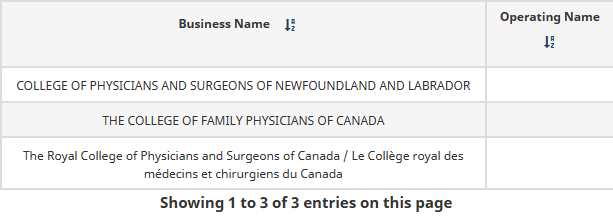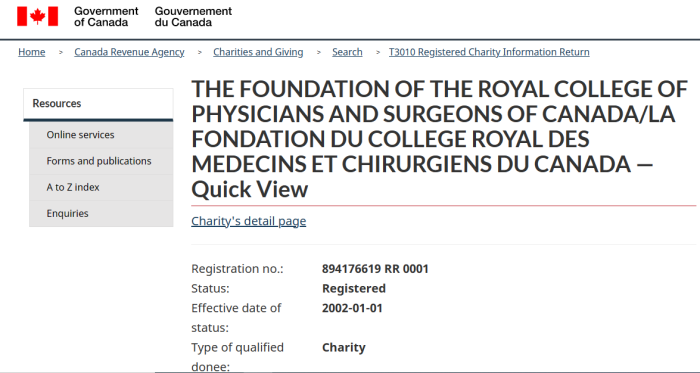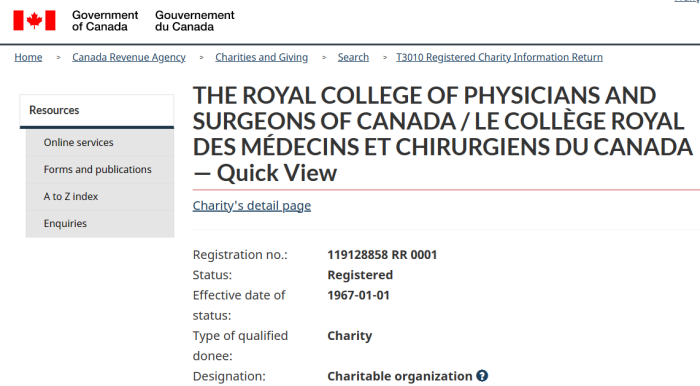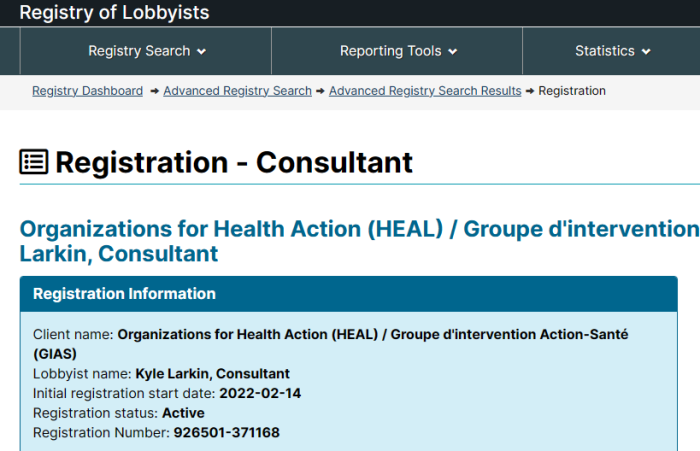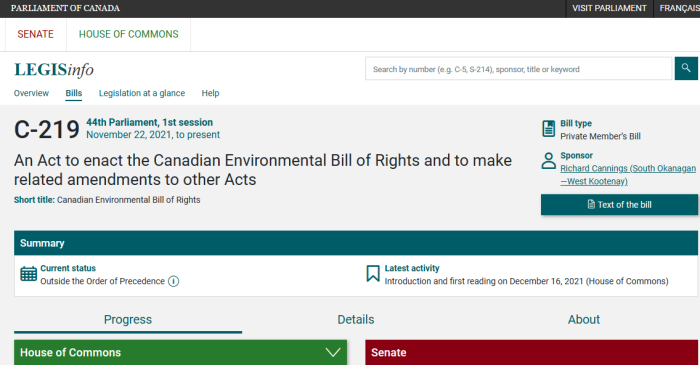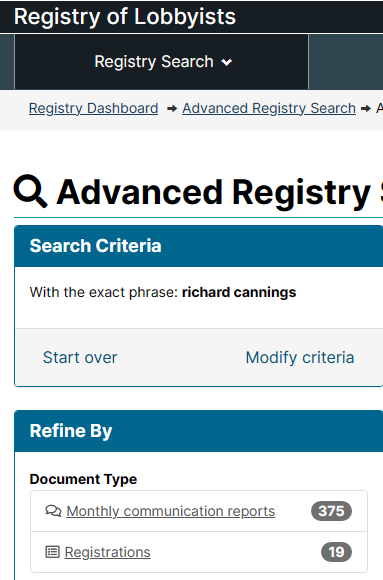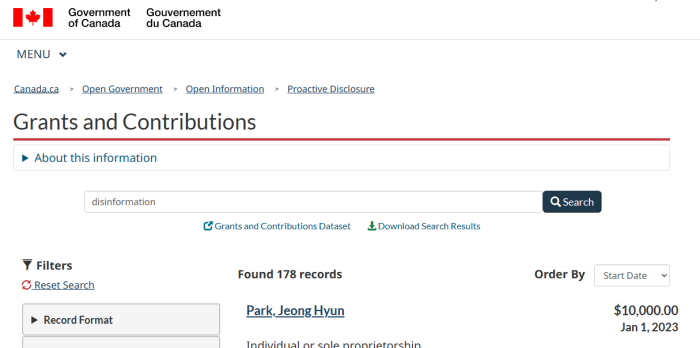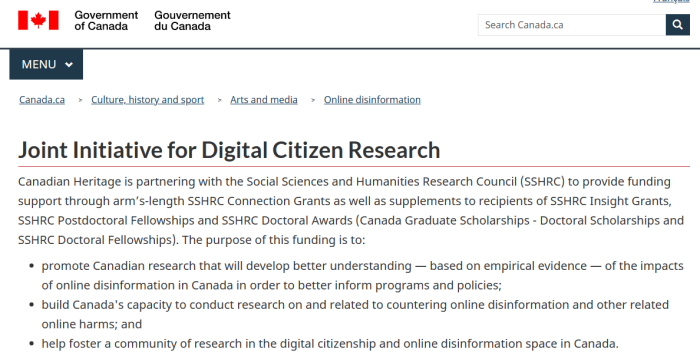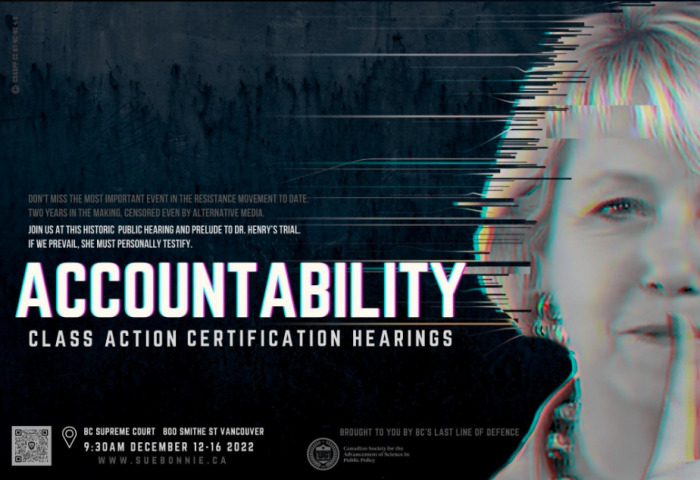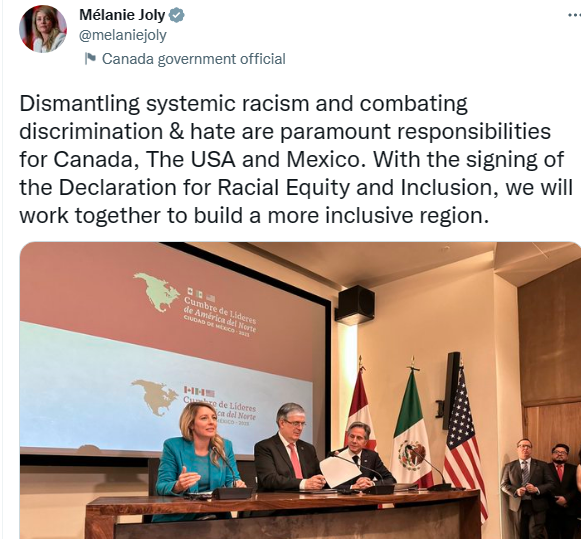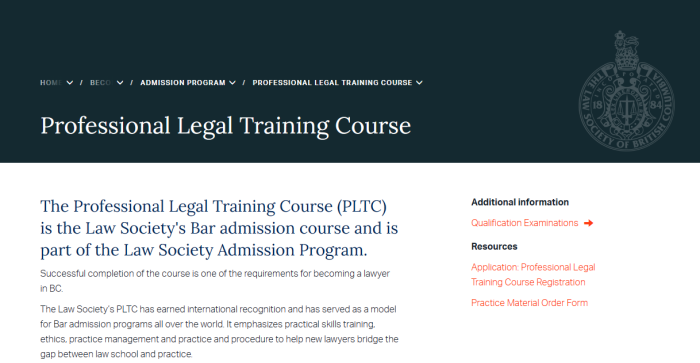

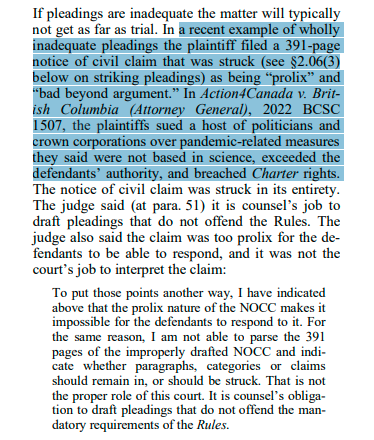
The Law Society of British Columbia is the organization that’s responsible for licensing lawyers in that Province. Unsurprisingly, lawyers are expected to have a certain level of competence in order to practice. This is to ensure that members of the public don’t end up with a complete moron representing them, costing lots of money.
In any event, the “Professional Legal Training Course 2023” is now available online. This is aimed primarily at articling students who want to take the last steps to be licensed.
The course is explained as follows:
“The Law Society’s PLTC has earned international recognition and has served as a model for Bar admission programs all over the world. It emphasizes practical skills training, ethics, practice management and practice and procedure to help new lawyers bridge the gap between law school and practice.”
“PLTC is a full-time, 10-week course. Classes are held three times a year at the Law Society offices in Vancouver, and once a year at Camosun College in Victoria and at Thompson Rivers University in Kamloops. Classes are taught by full-time faculty with many years of teaching and practice experience and by practising lawyers who volunteer to share their expertise.”
Makes sense. Prospective lawyers need to prove a high degree of skill. Now, here’s where things really start to get interesting.
On page #15, (or the 27th page of the pdf), we see a new entry:
Action4Canada
Yes, that infamous dumpster fire that was struck by Justice Alan Ross is now being used as a “teaching exercise” by the Law Society of B.C. to demonstrate how pleadings shouldn’t be done.
If pleadings are inadequate the matter will typically not get as far as trial. In a recent example of wholly inadequate pleadings the plaintiff filed a 391-page notice of civil claim that was struck (see §2.06(3) below on striking pleadings) as being “prolix” and “bad beyond argument.” In Action4Canada v. British Columbia (Attorney General), 2022 BCSC 1507, the plaintiffs sued a host of politicians and crown corporations over pandemic-related measures they said were not based in science, exceeded the defendants’ authority, and breached Charter rights. The notice of civil claim was struck in its entirety. The judge said (at para. 51) it is counsel’s job to draft pleadings that do not offend the Rules. The judge also said the claim was too prolix for the defendants to be able to respond, and it was not the court’s job to interpret the claim:
To put those points another way, I have indicated above that the prolix nature of the NOCC makes it impossible for the defendants to respond to it. For the same reason, I am not able to parse the 391 pages of the improperly drafted NOCC and indicate whether paragraphs, categories or claims should remain in, or should be struck. That is not the proper role of this court. It is counsel’s obligation to draft pleadings that do not offend the mandatory requirements of the Rules.
It turns out that the NOCC (Notice of Civil Claim) from Action4Canada was so inadequate that it never stood a chance of going to Trial. If only someone could have warned Tanya about that either in advance, or shortly after the fact. It was pretty obvious.
And what were the thanks received? A $7,000,000 defamation lawsuit.
Have to wonder if the Law Society of B.C. will now be sued as well for publishing Action4Canada’s decision in their training manual. After all, Galati sued the Law Society of Ontario for $500,000 for daring to forward complaints by the public to him for comment.

Why are all the topics mandatory?
.
When you are licensed to practise law in British Columbia, you are licensed as both a barrister and solicitor and permitted to practise in any area of the law. PLTC has therefore identified core practice areas that represent typical areas of practice for articled students and newly called lawyers. By requiring you to demonstrate entry-level competence in each of these practice areas, PLTC supports the Law Society’s mandate to set standards for lawyers and to protect the public interest.
Unsurprisingly, there is an FAQ section. It’s explained that it’s in the public interest to ensure that licensed lawyers have a basic level of competence in certain areas.
Keep in mind, this is geared towards new lawyers. Constitutional lawyers with decades of experience should probably have a handle on this sort of thing already.
And again, the Action4Canada case is being used as an example of what not to do, as it’s liable to waste large amounts of time and money, by getting it struck.
The B.C. Law Society also publishes a practice manual specifically for civil, and it’s quite informative. On page #13, (or the 25th page of the pdf), we get to the sections on pleading documents.
The fundamental purpose of pleadings is to define the issues to be tried with clarity and precision, to give the opposing parties fair notice of the case to be met, and to enable all parties to take effective steps for pre-trial preparation: Mayer v. Mayer, 2012 BCCA 77 at para. 215.
Proper Pleadings are Good Advocacy
In practice, pleading the case properly is critical. Pleadings come at an early stage of the litigation, often before all the facts are known. Some counsel fail to craft pleadings carefully, perhaps expecting to clean them up later, if necessary, through amendments. This is poor practice: pleadings are the foundation upon which a case is constructed. If you take care and exercise diligence in framing the pleadings, the rest of the case will fall into line. The pleadings also determine what is relevant at the discovery stage, so proper pleadings will ensure relevant documents are produced and examinations for discovery canvas relevant issues.
And this last part sums up the Action4Canada case well.
Good pleading will not, in my opinion, give a litigant with a bad case a victory. But bad pleading
may very well deprive a litigant with a good case of a victory that ought to be his.
This perfectly outlines what happened with the NOCC. While there certainly were valid causes of action, the NOCC was drafted so poorly that the entire document had to be struck out. While a rewrite was allowed, this was a huge waste of time and money.
And once again: these documents from the B.C. Law Society are aimed at prospective lawyers. This is designed for newbies. And the Action4Canada case is now teaching material for what not to do.
Action4Canada’s suit was struck in its entirety on August 29, 2022, for the reasons mentioned earlier. Instead of simply doing the Claim properly, it was appealed instead.
It would be interesting to see the Professional Legal Training Course in a few years. Perhaps it will updated again to include Action4Canada in how not to appeal a case. See critique.
Although their case is “fully funded”, Action4Canada is once again asking for money. Apparently, the extra costs of filing an appeal weren’t factored in. Despite promises to submit an amended Claim, it hasn’t happened in over 6 months.
Remember to donate, suckers!
LAW SOCIETY OF BC:
(1) https://www.lawsociety.bc.ca/Website/media/Shared/docs/becoming/material/civil.pdf
(2) https://www.lawsociety.bc.ca/becoming-a-lawyer-in-bc/admission-program/professional-legal-training-course/
(3) https://www.lawsociety.bc.ca/becoming-a-lawyer-in-bc/admission-program/professional-legal-training-course/faq-pltc/
ACTION4CANADA BCSC DOCUMENTS:
(1) A4C BCSC – Notice Of Civil Claim
(2) A4C BCSC – Response to Civil Claim (Health Authority Defendants)
(3) A4C BCSC – Response to Civil Claim (Provincial Defendants)
(4) A4C BCSC – Affidavit No 1 of Rebecca Hill
(5) A4C BCSC – Notice of Application (AG and RCMP applies to strike)
(6) A4C BCSC – Notice of Application (Provincial Defendants applies to strike)
(7) A4C BCSC – Notice of Application (Translink applies to strike)
(8) A4C BCSC – Application Response (Health Authority Defendants consent to strike)
(9) A4C BCSC – Application Response (BC Ferries consents to strike)
(10) A4C BCSC – Application Response (AG and RCMP consent to Prov. strike application)
(11) A4C BCSC – Application Response (Translink consents to HA Defendants strike application)
(12) A4C BCSC – Application Response (Translink consents to Prov. strike application)
(13) A4C BCSC – Affidavit No 2 of Rebecca Hill
(14) A4C BCSC – Application Record (to strike)
(15) A4C BCSC – Application Response (all plaintiffs)
(16) A4C BCSC – Amended Application Response (all plaintiffs)
(17) A4C BCSC – Reasons For Striking NOCC In Its Entirety
(18) A4C BCSC – Order striking pleadings
(19) A4C BCSC – Order striking pleading in its entirety with costs payable forthwith
(20) A4C BCSC – Appointment to assess bill of costs for Kwok and Translink
(21) A4C BCSC – Notice of Discontinuance (Kimberly Woolman & Estate of Jaqueline Woolman)
(22) A4C BCSC – Notice of Discontinuance (Amy Muranetz)
(23) A4C BCSC – Notice of Discontinuance (Federico Fuoco & Fire Productions Ltd.)

